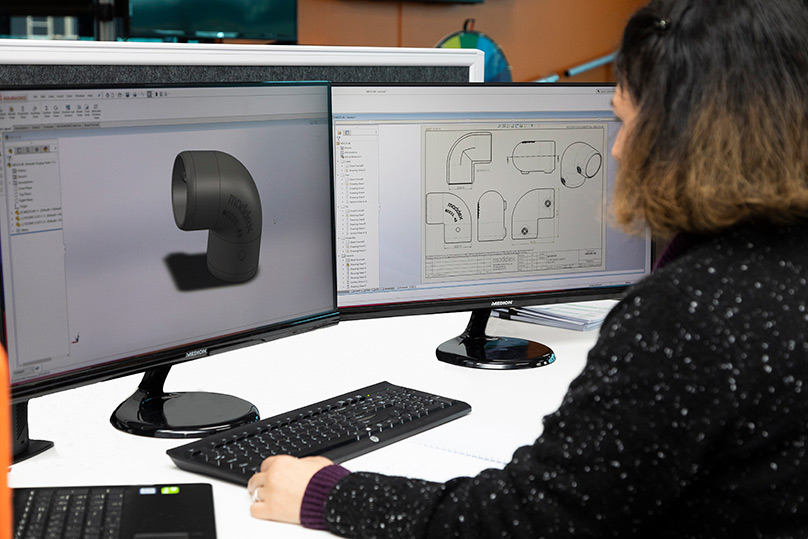
Full compliance with the requisite industry standards for handrails and balustrade systems on any project is, of course, non-negotiable. Nevertheless, it is the bane of many architects’ and project managers’ lives. Not only do standards vary from city to city, state to state and country to country, but more than one standard can apply within sections of the same project. And if the plans drawn up for the project fail to take the standards into account or are inaccurate, the result can be delays and cost overruns.
Which is why Moddex works closely with its customers from a project’s outset to ensure non-compliant plans for handrails do not reach production. Even before a contract is awarded, Moddex takes a long hard look at the plans to ensure that all aspects comply with the relevant AS/NZS standards for handrails and balustrades. It’s a great deal simpler and a lot cheaper to make changes early in the project than to find the components being fitted are not compliant once they are on-site. For instance, a small change in height can require a specified handrail to instead be changed to a balustrade.
As an honest and trusted advisor, Moddex spots such problems early and makes sure the architect and project manager are made aware.
Such was the case on a sports stadium project in the Northern Territory. Moddex’s dedicated design team discovered the plans had been drawn up incorrectly and were non-compliant to Australian Standards. It suggested a solution which the builder referred back to the architect and certifier who agreed, despite additional cost. However, should the wrong components have been delivered to the site, it would have been even more expensive.
The choice of product specified for a project is governed largely by cost. But choosing non-compliant product in the first instance carries a hidden cost – the extra time it takes to re-specifiy and, in some cases remanufacture, can delay the completion date. In worse-case scenarios it can result in the necessity for parts, or the entire system, to be replaced, to meet regulations.
On a school building project in Western Australia, products from a Moddex competitor being used for a double handrail required for a Class 9B building used as a primary school, were found to be inappropriate for the job. The entire system needed to be replaced – at the builder’s expense.
Such mistakes are not uncommon on smaller projects where fewer people check the drawings before production begins. Again, Moddex steps up to the plate to make sure errors are spotted as early in the process as possible.
Often the issues are less serious than they might be, when modular handrail and balustrade system are used. Changes can be made much more quickly and easily on-site than with welded products. The lack of flexibility of non-modular components can sometimes require an entire system to be taken out and replaced – wasting time and money. As well, there may be external costs in having to rework a project or section, for example where a crane has had to be hired to achieve access to the site.
An example of this was the Simpson Falls project in Queensland, a complex operation governed by several different standards. The numerous ramps and stairs required multiple configurations of handrails and balustrades, and the location of the site prevented access by large vehicles. This meant the entire system had to be placed into position manually.
Ensuring compliance standards are met seamlessly and easily is just one more reason to specify Moddex’s modular system of balustrades and handrails on your next project.
